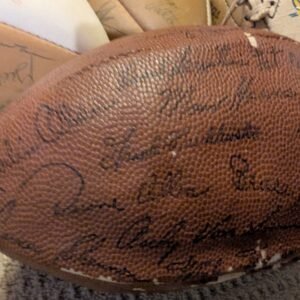The 1995 Los Angeles Rams season marked a historic turning point for the franchise, as it was the team’s final year in Los Angeles before relocating to St. Louis, Missouri. The 1995 season was characterized by a mixture of change, uncertainty, and disappointment as the team transitioned into its final days in California. Under the leadership of head coach Rich Brooks, the Rams finished the season with a 4-12 record, continuing the struggles they had faced in the early 1990s.

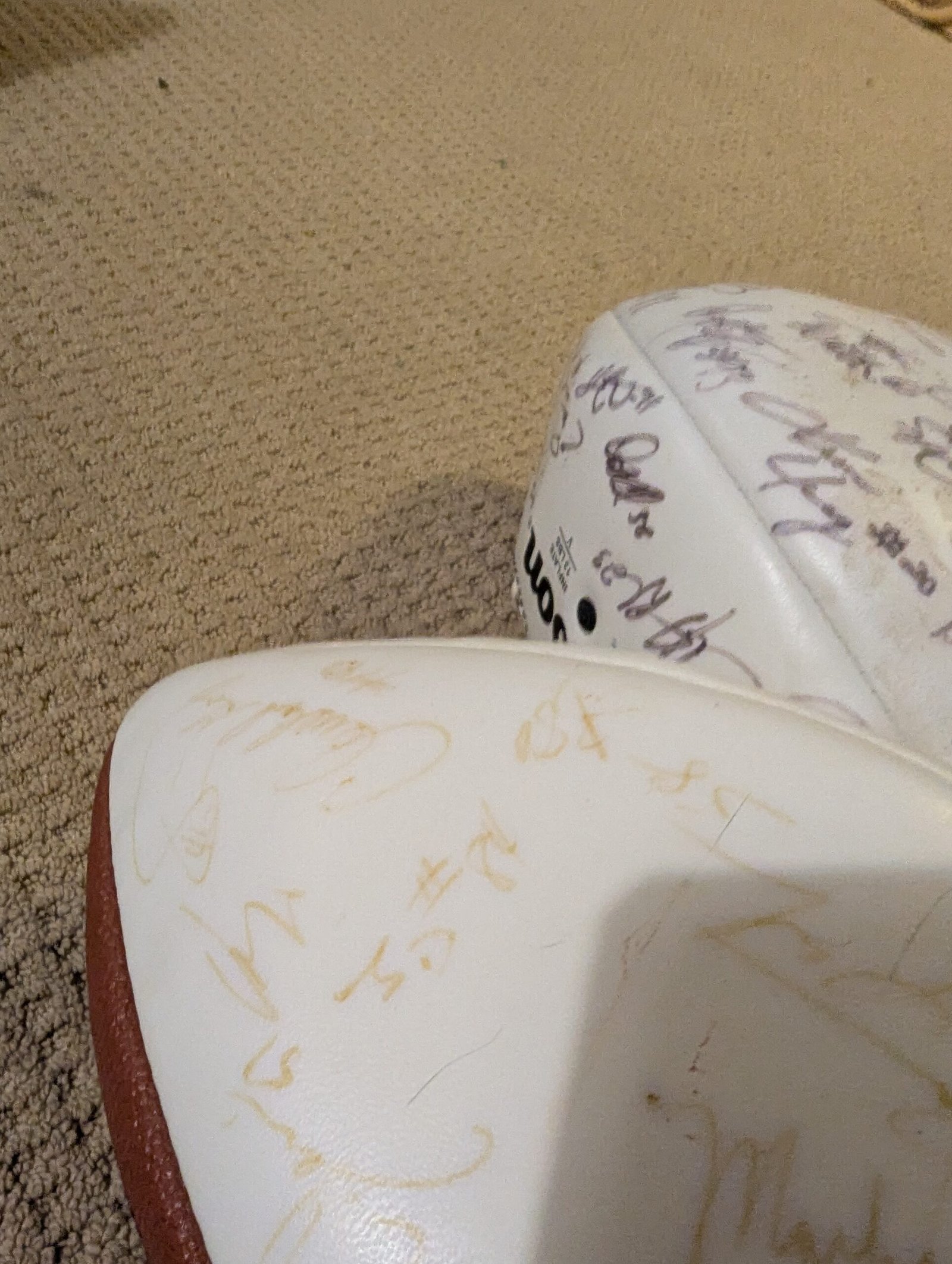
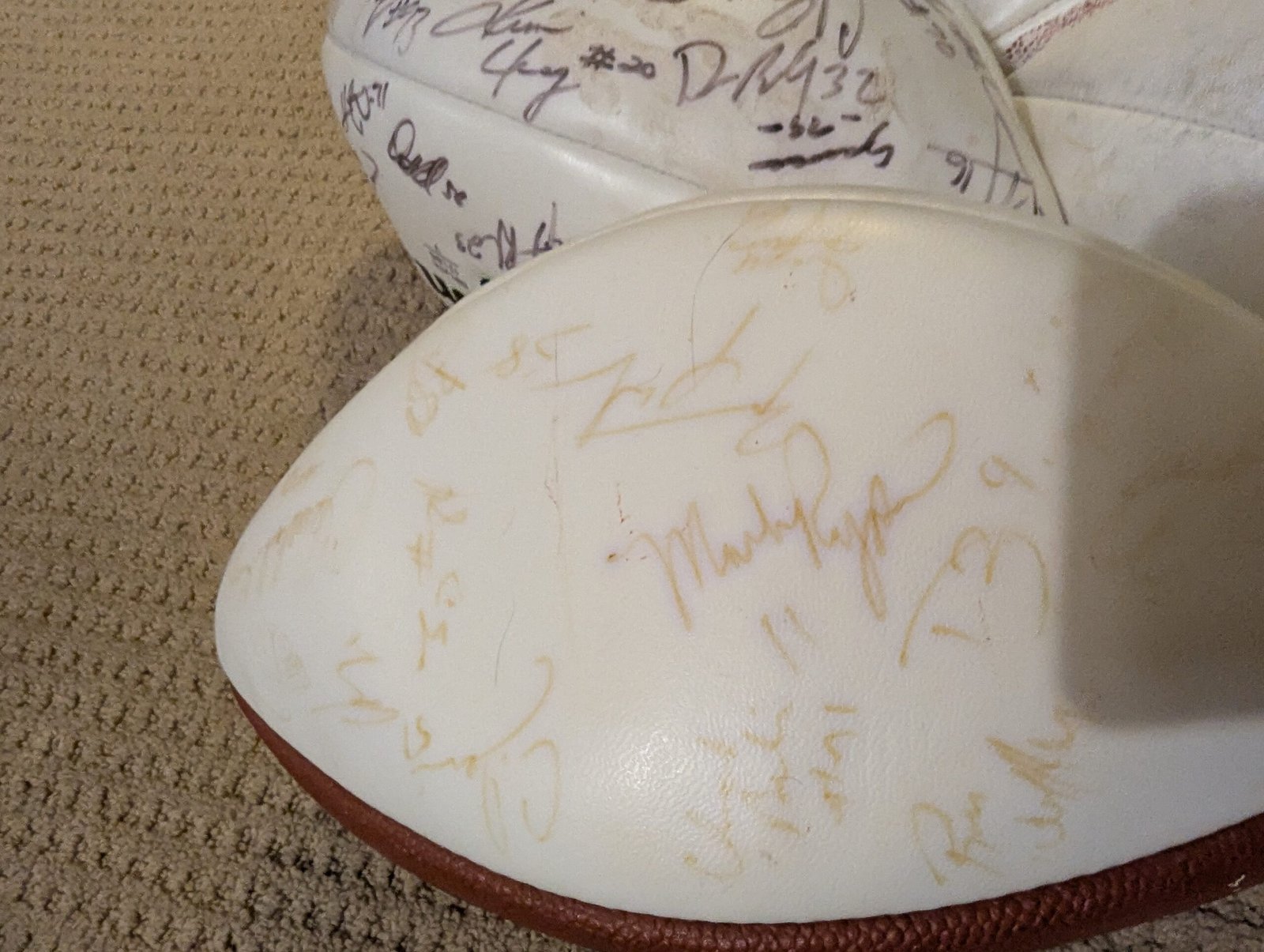


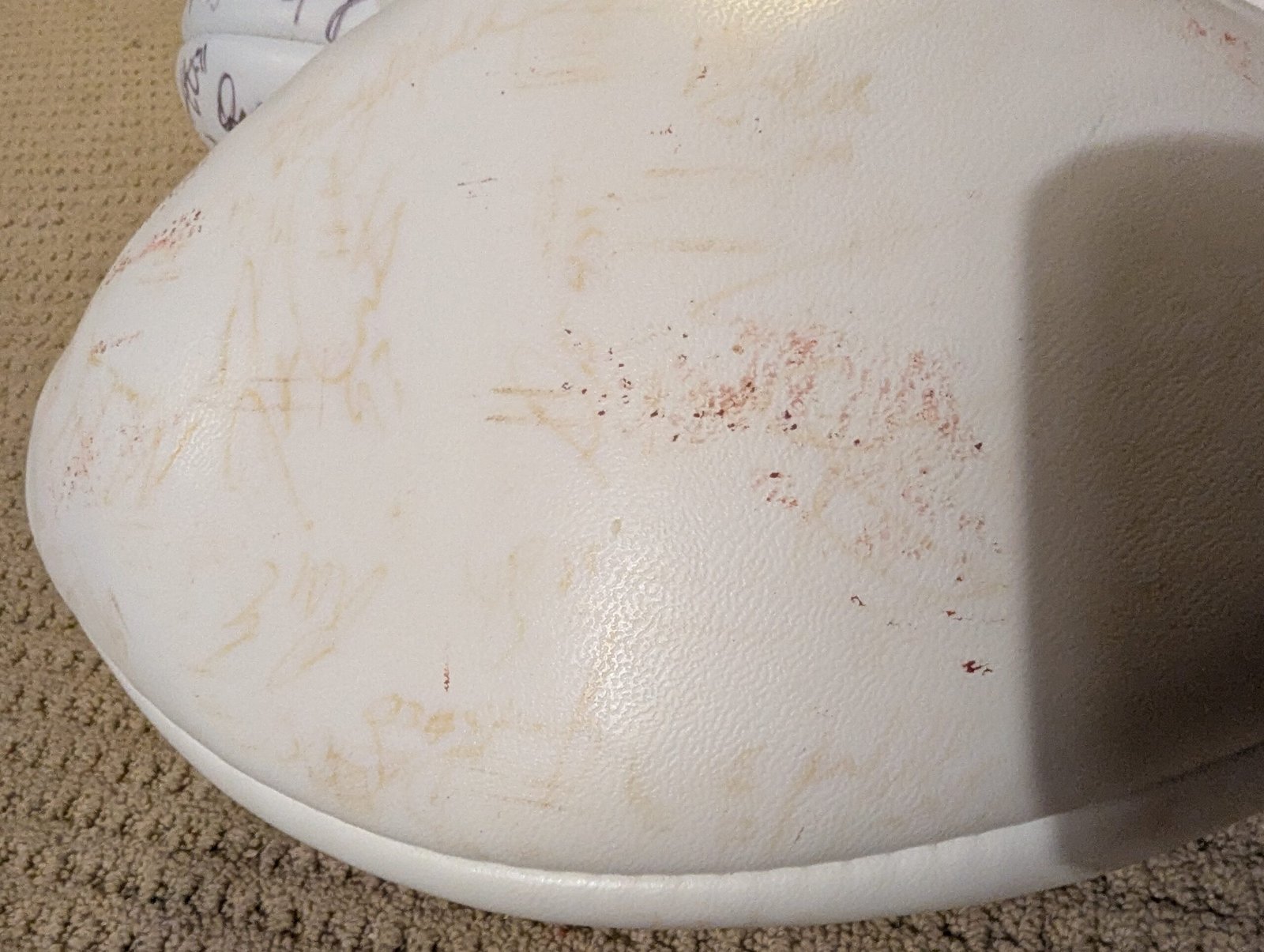
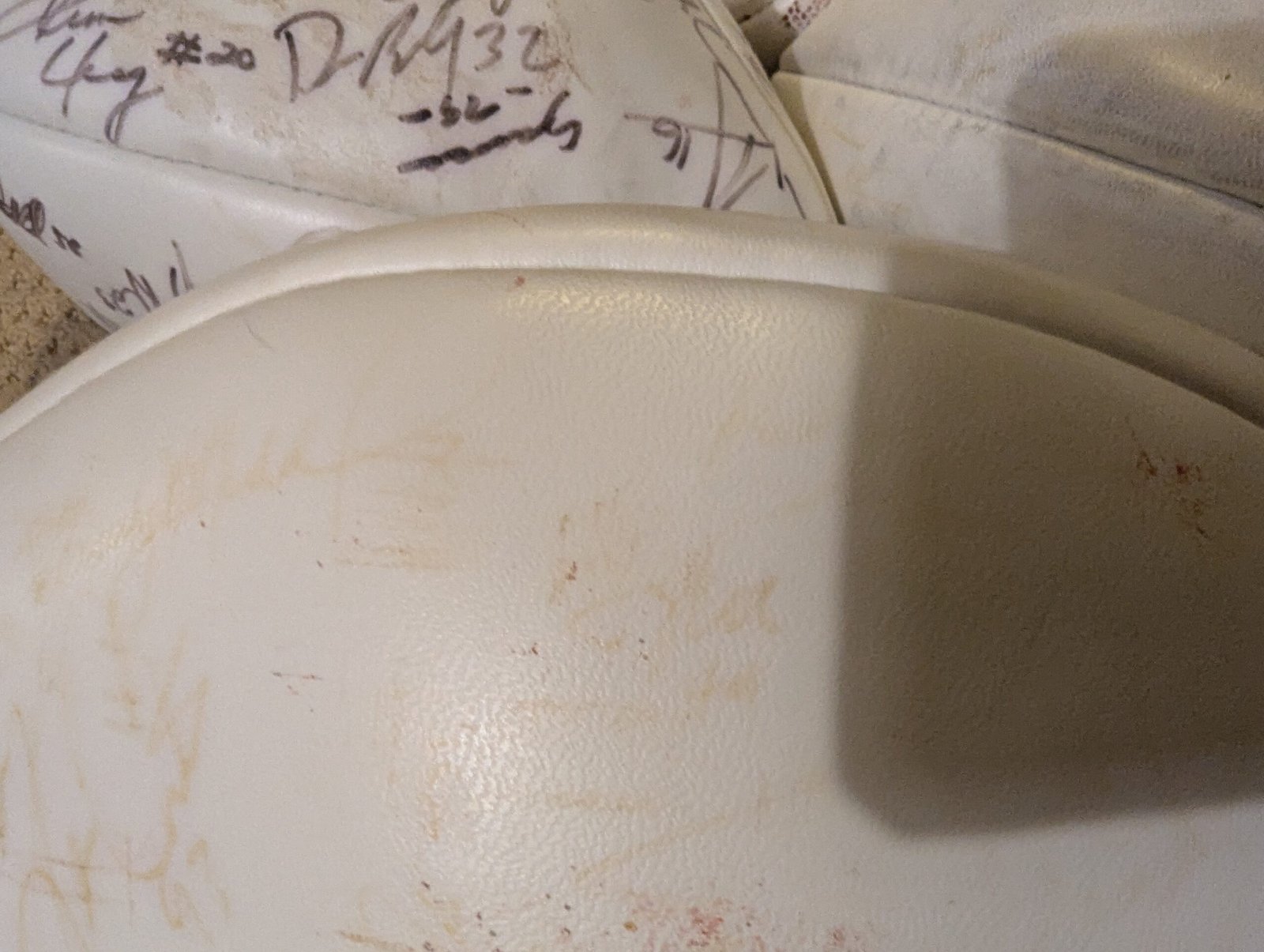
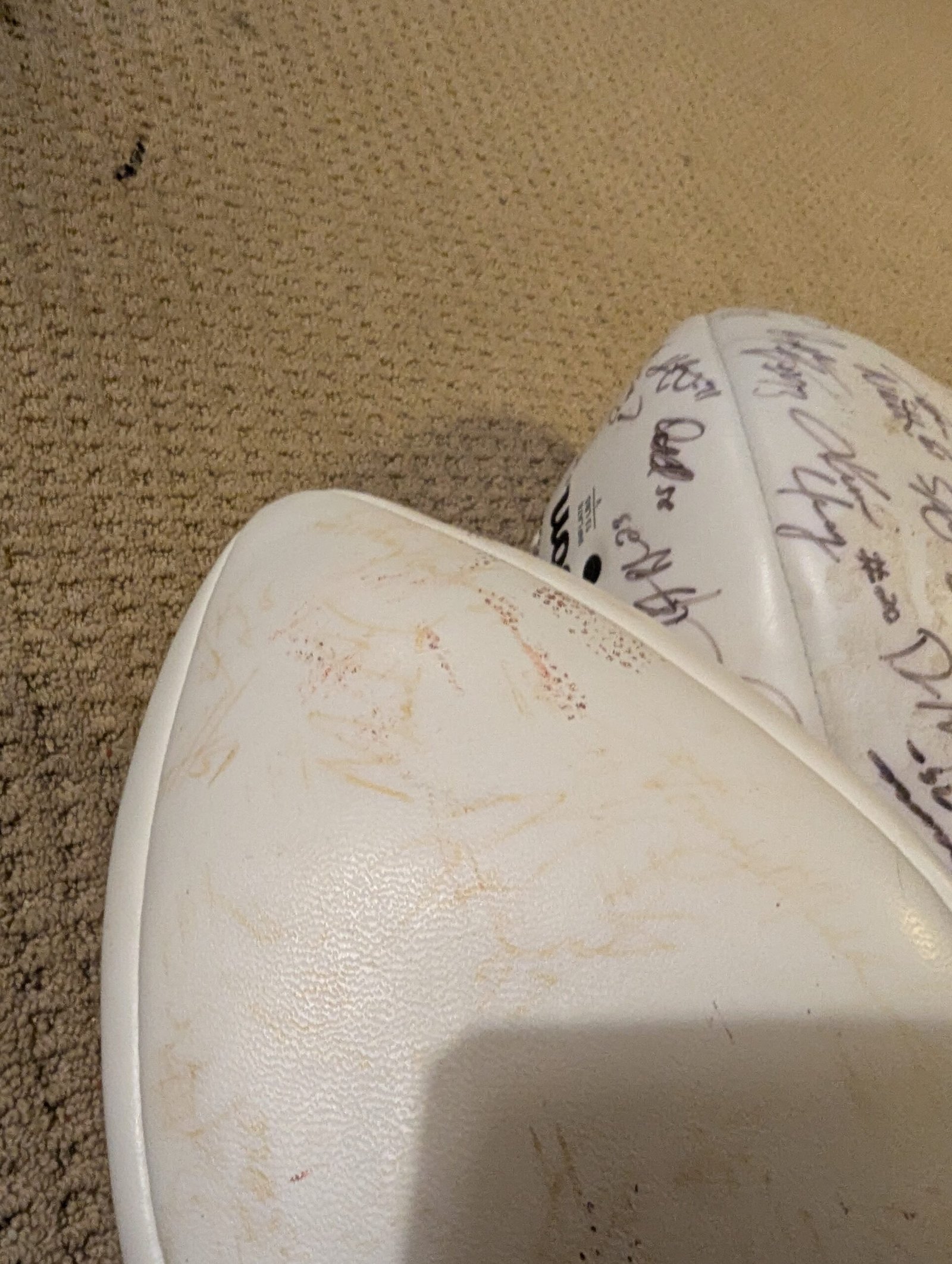

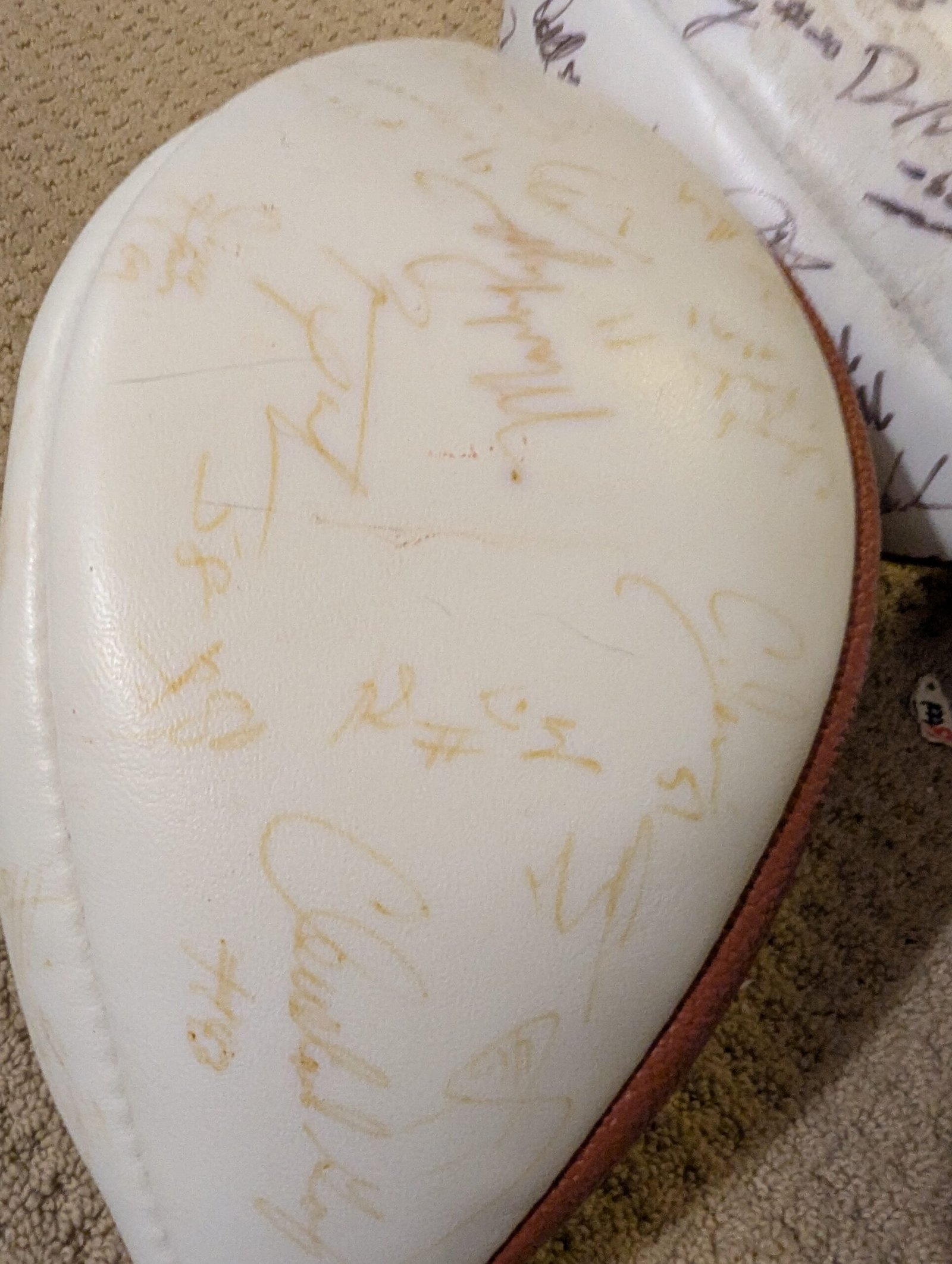

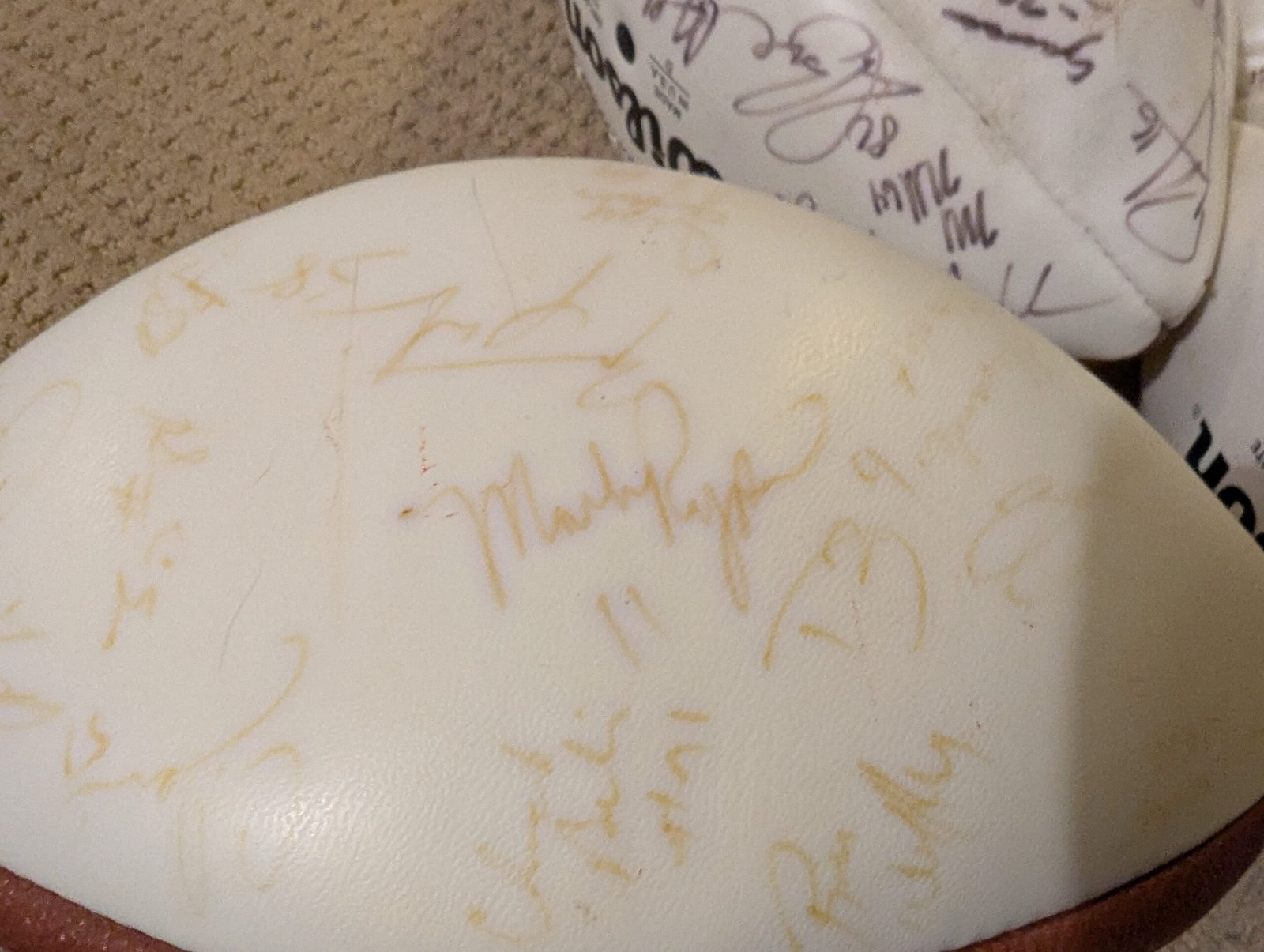

Regular Season Record: 4-12
The 4-12 record in 1995 was emblematic of the Rams’ overall struggles during this period. The team finished last in the NFC West division, once again falling short of any significant playoff aspirations. Despite some bright individual performances and a strong defensive effort in certain games, the Rams lacked the consistency and leadership needed to put together a successful season.
Coaching and Staff:
In his second year as head coach of the Rams, Rich Brooks continued to deal with a roster in transition. Brooks, who had previously served as the head coach for the University of Oregon, was tasked with leading the Rams through a difficult period. While his background in college football gave him a strong foundation in coaching, he struggled to implement a system that could lead the Rams to success in the NFL.
The looming relocation to St. Louis also overshadowed the 1995 season, creating uncertainty and instability for both the coaching staff and the players. Brooks was faced with the challenge of motivating a team that was facing a major shift in both location and organizational culture.
Quarterback Play:
The quarterback situation in 1995 continued to be a point of instability for the Rams. Chris Miller, who had taken over as the starting quarterback in previous seasons, remained the team’s primary signal-caller. However, Miller’s performance was inconsistent throughout the year, and the offense struggled to find a rhythm. He finished the season with modest numbers, completing just over 55% of his passes for 2,300 yards and 11 touchdowns, but he also threw 15 interceptions, further contributing to the team’s offensive struggles.
At times, the Rams turned to Mark Rypien, a veteran quarterback who had been brought in to provide experience. However, Rypien was not able to offer much of an upgrade, and the lack of solid quarterback play remained one of the team’s most significant obstacles.
Running Game:
The running game in 1995 was also a source of disappointment for the Rams. The team struggled to establish a consistent running attack, which severely limited their ability to control the clock and put pressure on opposing defenses. Jerome Bettis, the Rams’ most notable running back, had been traded to the Pittsburgh Steelers prior to the start of the 1995 season, leaving a significant void in the backfield.
As a result, the Rams turned to Troy Davis, who showed flashes of promise, but was unable to carry the load on a consistent basis. Davis rushed for 689 yards and 2 touchdowns but lacked the explosiveness needed to make a major impact. The lack of a dominant running back further hindered the offense and contributed to the team’s overall struggles.
Wide Receiver Play:
The receiving corps was one of the few bright spots for the Rams in 1995, with Isaac Bruce emerging as the team’s top offensive weapon. Bruce, in just his second season, had a breakout year, catching 81 passes for 1,165 yards and 5 touchdowns. His speed and ability to make big plays in the passing game made him the most consistent and dangerous offensive threat on the team.
Az-Zahir Hakim, another young receiver, also contributed to the offense, showing promise with his speed and ability to make plays downfield. However, the inconsistent quarterback play limited the full potential of the receiving group.
Defensive Play:
While the Rams’ offense struggled, the defense was a bright spot during the 1995 season. Under the leadership of defensive coordinator Floyd Peters, the Rams’ defense had some solid individual performances, particularly from their front seven. The defense was anchored by Kevin Greene, one of the top linebackers in the league, who continued to be a force with his pass-rushing ability. Greene was one of the few consistent playmakers on the defense, and his leadership helped stabilize the unit.
The defensive line, led by Sean Gilbert and Robert Young, provided a strong pass rush, and the secondary, though not dominant, held its own. The Rams’ defense had its moments, and at times it was able to keep the team in games. However, as with most of the Rams’ teams during this period, there was a lack of depth and consistency that ultimately kept them from being competitive on a weekly basis.
Special Teams:
Special teams for the Rams were fairly uneventful in 1995. Jeff Wilkins, the kicker, was reliable, finishing the season with a solid field goal percentage. However, the Rams’ inability to sustain drives offensively meant that Wilkins’ opportunities to contribute were limited. The return game also struggled to provide any spark, and special teams were not able to flip the field position in the Rams’ favor when needed.
Challenges and Struggles:
The 1995 season for the Rams was plagued by the same issues that had hindered the team for years. The offensive line struggled to provide consistent protection, leading to poor quarterback play. The running game was non-existent, particularly after the loss of Jerome Bettis, and the defense, while solid, lacked the depth to carry the team.
Additionally, the looming relocation to St. Louis hung over the season like a dark cloud, with fans and players alike uncertain about the future of the franchise. The uncertainty surrounding the team’s move made it difficult for the players to focus on the task at hand, and the constant rumors and speculation did not help the morale of the team.
Key Players:
-
Isaac Bruce (WR): Bruce was the standout player for the Rams in 1995, establishing himself as one of the top young wide receivers in the league. His 1,165 receiving yards and 5 touchdowns were the highlights of the offense.
-
Kevin Greene (OLB): Greene continued to be a dominant force on the defense. His leadership and pass-rushing ability were invaluable for a Rams defense that had its moments of success.
-
Troy Davis (RB): Davis was forced to carry the bulk of the rushing duties after Bettis’ departure, but despite his solid yardage totals, he was unable to provide the spark that the Rams needed in the running game.
-
Chris Miller (QB): Miller, the starting quarterback, had an inconsistent season and failed to provide the stability that the offense needed. His inability to limit turnovers and execute on a consistent basis was a major issue for the team.
Looking Ahead:
The 1995 Los Angeles Rams season marked the end of an era for the team, as they relocated to St. Louis the following year. The disappointing 4-12 finish signified the culmination of years of struggles, and the team was left with significant holes to fill before their move.
With the Rams heading to St. Louis, the franchise was about to embark on a new chapter in its history. The 1995 season was a fitting end to the Los Angeles era, as it encapsulated many of the struggles that had defined the team’s early 1990s. Despite having some individual talents like Isaac Bruce and Kevin Greene, the lack of team cohesion and consistent play ultimately led to another losing season.
In conclusion, the 1995 Los Angeles Rams were a team in transition, both on and off the field. With the team’s future in flux, the Rams faced an uphill battle in their final year in Los Angeles, and the 4-12 record highlighted the need for a fresh start in St. Louis. The 1995 season would forever be remembered as the end of an era, and a new beginning was on the horizon for the franchise.
Head Coach: Rich Brooks
- To be listed, a player must have played at least one game for the team during this season.
- * Hall of Fame
- + Primary starter
| Pos | # | Player | GP | GS | Start Pos | Exp | DOB | Ht | Wt | College | |
|---|---|---|---|---|---|---|---|---|---|---|---|
| T | Darryl Ashmore | 16 | 3 | 11/01/1969 | ‘ “ | Northwestern | |||||
| RB | Johnny Bailey | 12 | 6 | 03/17/1967 | ‘ “ | Texas A&I | |||||
| QB | Dave Barr | 2 | R | 05/09/1972 | ‘ “ | California | |||||
| G | Chuck Belin | 6 | 2 | 10/27/1970 | ‘ “ | Wisconsin | |||||
| RB | * | Jerome Bettis | 15 | 3 | 02/16/1972 | ‘ “ | Notre Dame | ||||
| K | Dean Biasucci | 8 | 11 | 07/25/1962 | ‘ “ | Western Carolina | |||||
| C | Bern Brostek | 16 | 6 | 09/11/1966 | ‘ “ | Washington | |||||
| WR | Isaac Bruce | 16 | 2 | 11/10/1972 | ‘ “ | Memphis State | |||||
| DE/DT | Kevin Carter | 16 | R | 09/21/1973 | ‘ “ | Florida | |||||
| TE | Pat Carter | 16 | 8 | 08/01/1966 | ‘ “ | Florida State | |||||
| LB | Shane Conlan | 13 | 9 | 03/04/1964 | ‘ “ | Penn State | |||||
| TE | Marv Cook | 16 | 7 | 02/24/1966 | ‘ “ | Iowa | |||||
| CB | Dexter Davis | 16 | 5 | 03/20/1970 | ‘ “ | Clemson | |||||
| LB | Paschall Davis | 3 | 1 | 06/05/1969 | ‘ “ | Texas A&M – Kingsville | |||||
| CB | Torin Dorn | 12 | 5 | 02/28/1968 | ‘ “ | North Carolina | |||||
| TE | Troy Drayton | 16 | 3 | 06/29/1970 | ‘ “ | Penn State | |||||
| DT | D’Marco Farr | 16 | 2 | 06/09/1971 | ‘ “ | Washington | |||||
| LB | Cedric Figaro | 16 | 6 | 08/17/1966 | ‘ “ | Notre Dame | |||||
| T | Wayne Gandy | 16 | 2 | 02/10/1971 | ‘ “ | Auburn | |||||
| DT | Sean Gilbert | 14 | 4 | 04/10/1970 | ‘ “ | Pittsburgh | |||||
| G/T | Leo Goeas | 15 | 6 | 08/15/1966 | ‘ “ | Hawaii | |||||
| WR | Jessie Hester | 12 | 10 | 01/21/1963 | ‘ “ | Florida State | |||||
| LB | Thomas Homco | 11 | 3 | 01/08/1970 | ‘ “ | Northwestern | |||||
| LB | Dana Howard | 16 | R | 02/25/1972 | ‘ “ | Illinois | |||||
| C | Jesse James | 1 | R | 09/16/1971 | ‘ “ | Mississippi State | |||||
| LB | Carlos Jenkins | 16 | 5 | 07/12/1968 | ‘ “ | Michigan State | |||||
| T | Clarence Jones | 13 | 5 | 05/06/1968 | ‘ “ | Maryland | |||||
| DT | Jimmie Jones | 16 | 6 | 01/09/1966 | ‘ “ | Miami (FL) | |||||
| WR | Todd Kinchen | 16 | 4 | 01/07/1969 | ‘ “ | Louisiana State | |||||
| P | Sean Landeta | 16 | 11 | 01/06/1962 | ‘ “ | Towson State | |||||
| G | Keith Loneker | 13 | 3 | 06/21/1971 | ‘ “ | Kansas | |||||
| CB | Todd Lyght | 16 | 5 | 02/09/1969 | ‘ “ | Notre Dame | |||||
| S | Keith Lyle | 16 | 2 | 04/17/1972 | ‘ “ | Virginia | |||||
| S | Gerald McBurrows | 14 | R | 10/07/1973 | ‘ “ | Kansas | |||||
| K | Steve McLaughlin | 8 | R | 10/02/1971 | ‘ “ | Arizona | |||||
| QB | Chris Miller | 13 | 9 | 08/09/1965 | ‘ “ | Oregon | |||||
| RB | Brent Moss | 4 | 1 | 01/30/1972 | ‘ “ | Wisconsin | |||||
| DE | Brad Ottis | 12 | 2 | 08/02/1972 | ‘ “ | Wayne State (NE) | |||||
| CB | Anthony Parker | 16 | 6 | 02/11/1966 | ‘ “ | Arizona State | |||||
| LB | Roman Phifer | 16 | 5 | 03/05/1968 | ‘ “ | UCLA | |||||
| TE | Lovell Pinkney | 8 | R | 08/18/1972 | ‘ “ | Texas | |||||
| TE | Jim Price | 13 | 4 | 10/02/1966 | ‘ “ | Stanford | |||||
| CB | John Reece | 5 | 1 | 01/24/1971 | ‘ “ | Nebraska | |||||
| RB | Greg Robinson | 5 | 2 | 08/07/1969 | ‘ “ | Northeast Louisiana | |||||
| RB | Leonard Russell | 13 | 5 | 11/17/1969 | ‘ “ | Arizona State | |||||
| QB | Mark Rypien | 11 | 8 | 10/02/1962 | ‘ “ | Washington State | |||||
| CB | Mike Scurlock | 14 | R | 02/26/1972 | ‘ “ | Arizona | |||||
| LB | Ashley Sheppard | 2 | 3 | 01/21/1969 | ‘ “ | Clemson | |||||
| T | * | Jackie Slater | 1 | 20 | 05/27/1954 | ‘ “ | Jackson State | ||||
| DE | Fred Stokes | 14 | 9 | 03/14/1964 | ‘ “ | Georgia Southern | |||||
| WR | J. T. Thomas | 15 | R | 07/11/1971 | ‘ “ | Arizona State | |||||
| DE | Alberto White | 2 | 2 | 04/08/1971 | ‘ “ | Texas Southern | |||||
| G | Dwayne White | 15 | 6 | 02/10/1967 | ‘ “ | Alcorn State | |||||
| T | Zach Wiegert | 5 | R | 08/16/1972 | ‘ “ | Nebraska | |||||
| DT/DE | Jay Williams | 7 | 1 | 10/13/1971 | ‘ “ | Wake Forest | |||||
| RB | Ron Wolfley | 9 | 10 | 10/14/1962 | ‘ “ | West Virginia | |||||
| WR | Alexander Wright | 8 | 6 | 07/19/1967 | ‘ “ | Auburn | |||||
| S | Toby Wright | 16 | 2 | 11/19/1970 | ‘ “ | Nebraska | |||||
| DE | Robert Young | 14 | 5 | 01/29/1969 | ‘ “ | Mississippi State |


